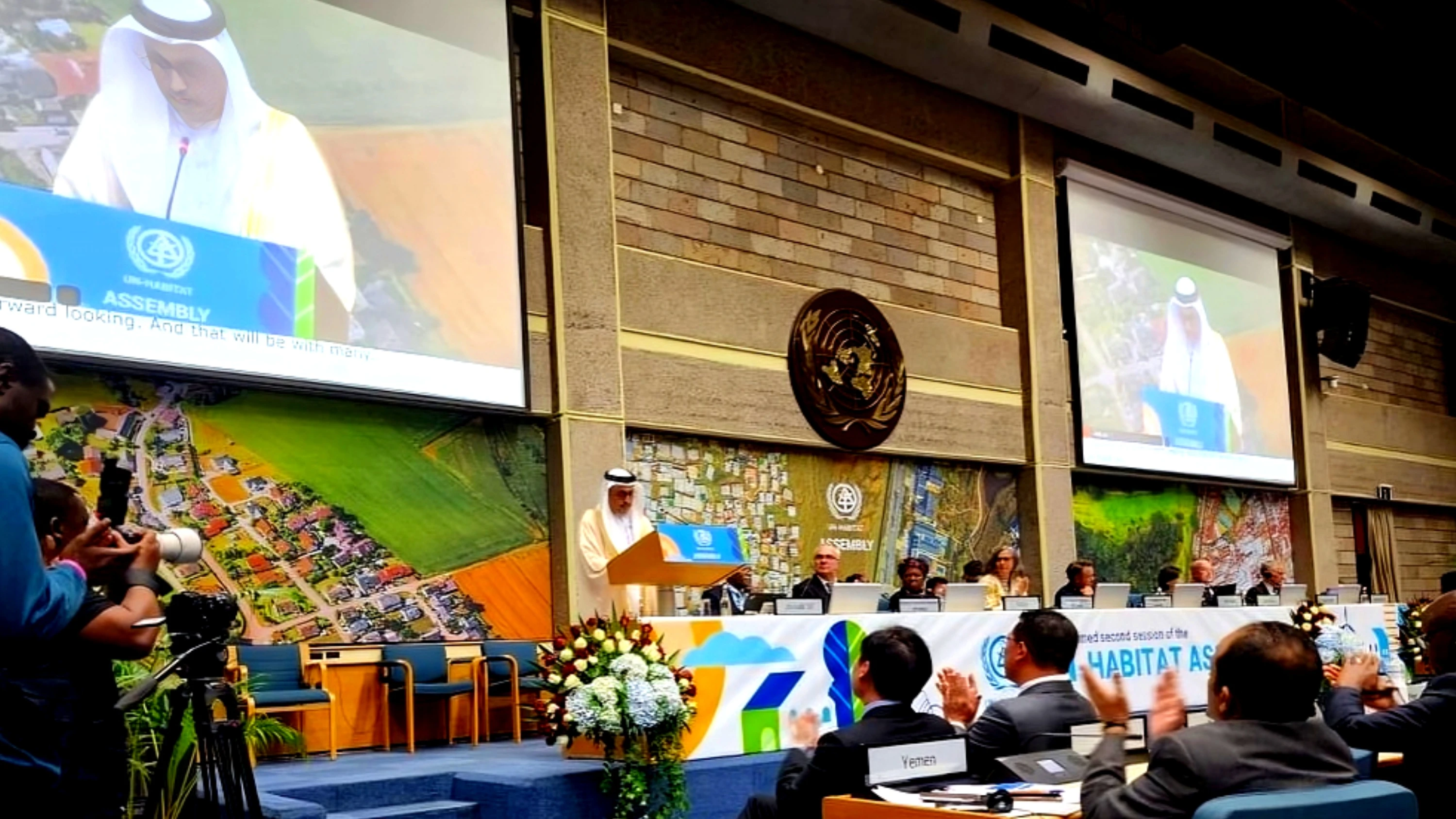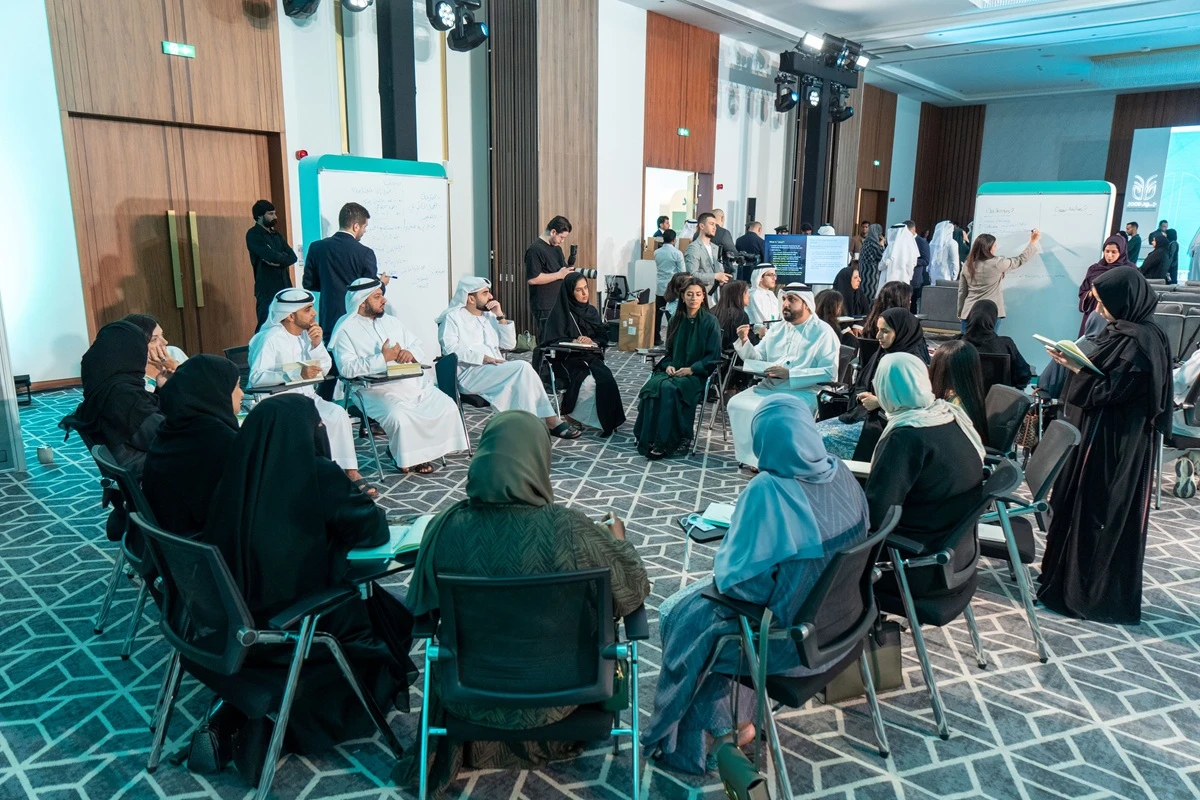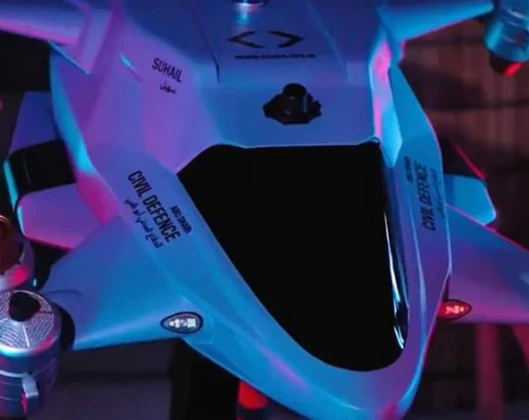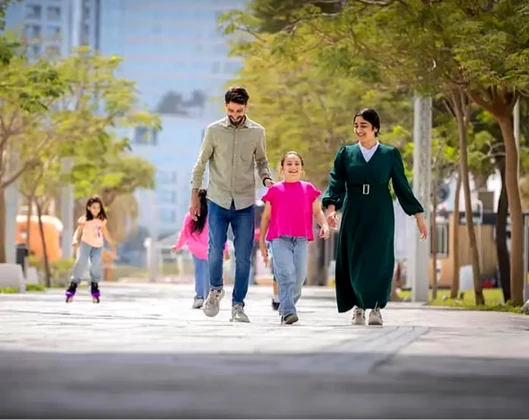Three dozen students from the Higher Colleges of Technology (HCT) in the UAE are on the verge of a groundbreaking achievement as they prepare to launch HCT-SAT 1, a tiny Earth observation satellite, into space this month.
The nanosatellite, weighing just 1 kg, was developed under the mentorship of engineers from the Mohammed Bin Rashid Space Centre (MBRSC). It will accompany the MBZ-SAT, the region’s most advanced Earth observation satellite, aboard a SpaceX Falcon 9 rocket during the Transporter-12 Rideshare mission from California’s Vandenberg Space Force Base.
Measuring 10x10x11.35 cm, the HCT-SAT 1 is equipped with a 5-megapixel payload camera. The project involved 34 students and 9 faculty members, providing them with hands-on experience in satellite design, development, and operation.
Key Highlights:
-
Size and Functionality: The 1U nanosatellite features dimensions of 10x10x11.35 cm and orbits at an altitude of 500-600 km.
- Student Involvement: 34 students from various UAE campuses participated in every phase of the satellite’s development, gaining expertise in CubeSat technology and space sciences.
- Mentorship: MBRSC provided mentorship throughout the project, integrating space technology into applied education programs.
Students' Insights:
-
Mira Abdallah, from the Electrical Power Subsystem Team, praised the opportunity to work within a cleanroom environment.
- Adel Issa highlighted the invaluable experience of understanding every development phase of the satellite.
- Khaled Mohammed Al Harthi expressed pride in contributing to the Emirati space sector, while Sarah Nabil emphasized learning energy management for satellite components.
Mentors' Goals:
The initiative aims to inspire students, equip them with future-ready skills, and enhance space-related educational programs, paving the way for larger-scale projects in the Emirati space sector.
This project marks a historic milestone in UAE’s space education, showcasing the nation’s commitment to innovation and global space achievements.








